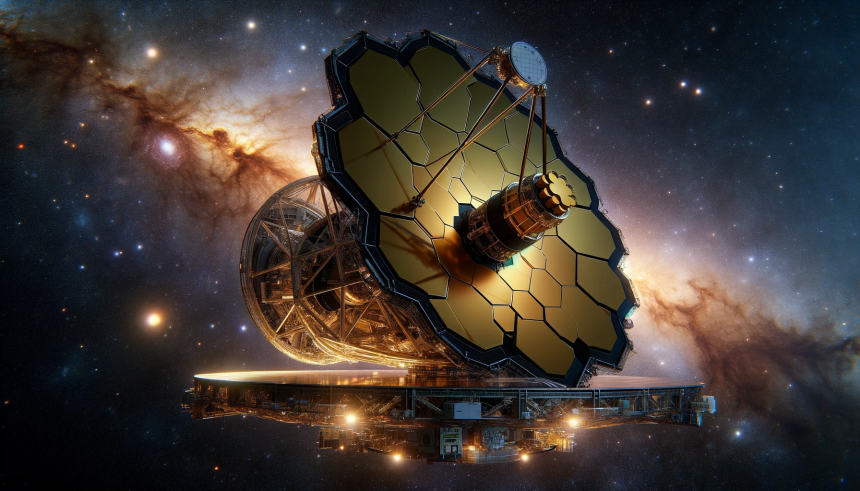After more than a year of simulated Mars mission operations, four NASA volunteers are poised to leave their ground-based habitat on July 6. This event marks the end of the first Crew Health and Performance Exploration Analog (CHAPEA) mission, which began on June 25, 2023. The mission aimed to mimic conditions on Mars to better prepare for future manned missions to the Red Planet. During their time in the 3D-printed habitat, the crew undertook various activities that a real Mars crew might encounter, including resource management, equipment maintenance, and coping with isolation and communication delays.
Simulating Mars
The CHAPEA mission involved crew members Kelly Haston, Anca Selariu, Ross Brockwell, and Nathan Jones. Over the course of the mission, they participated in “Marswalks,” grew vegetables to supplement shelf-stable foods, and maintained the habitat’s equipment. These activities were designed to simulate the kinds of tasks that astronauts will need to perform on Mars, providing valuable data on how humans can adapt to long-term space missions.
Event Coverage
To mark the conclusion of the CHAPEA mission, NASA will provide live coverage of the crew’s exit from the habitat, including a welcome ceremony. This event will be streamed on NASA+, NASA Television, the NASA app, and other social media platforms. The live stream aims to give the public an insight into the lives of these volunteers and the challenges they faced during their simulated mission.
Participants and Background
The welcome ceremony will feature several notable figures from NASA, including Steve Koerner, deputy director of NASA Johnson, and Kjell Lindgren, NASA astronaut and deputy director of Flight Operations. Other participants include Grace Douglas, the principal investigator of CHAPEA, Judy Hayes, the chief science officer of the Human Health and Performance Directorate, and Julie Kramer White, director of engineering. Due to quarantine protocols and facility limitations, the event will not be open to the public, but media requests for interviews with the crew can be submitted.
Compared to earlier simulations, the CHAPEA mission incorporated advanced technology and more stringent conditions to closely resemble a real Mars mission. Previous missions did not include the same level of stressors such as communication delays and resource limitations. These elements were added to this year’s mission to better understand the psychological and physiological impacts on the crew.
The CHAPEA mission builds on the lessons learned from NASA’s Artemis campaign, which aims to establish sustainable exploration on the Moon. The data collected from both initiatives will help NASA prepare for the monumental task of sending humans to Mars. The focus on long-term habitation and resource management is crucial for the success of future deep-space missions.
The outcome of the CHAPEA mission provides a wealth of data and insights that will be invaluable for NASA’s future Mars missions. By simulating the conditions astronauts will face, both in terms of environmental stressors and operational challenges, NASA can better prepare for the complexities of long-term space travel. This mission has underscored the importance of adaptability and resilience in space exploration, qualities that will be vital as NASA continues its journey beyond Earth.
- Four NASA volunteers leave the simulated Mars habitat.
- The mission aimed to mimic real Mars conditions.
- NASA will stream the crew’s exit and welcome ceremony.










